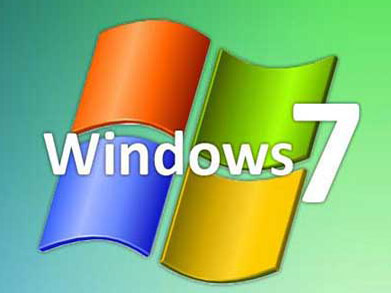With Windows 7 RC (Release Candidate) in our sights (TechNet release scheduled for April 30, general availability scheduled for May 5), everybody is focusing on what the operating system will have to offer and not on its limitations. Out of the six different Windows 7 SKU versions, Windows 7 Starter will be affected by the largest number of limitations (we already know about the fact that it will only allow three processes to run at the same time, and you will presumably not be able to change the default wallpaper – as we’ve seen in Build 7068).
Each version of the Windows 7 operating system is superset on one another: Starter -> Home Basic -> Home Premium -> Professional -> -> Enterprise ->Ultimate. This implies that as we move up the chain, we can expect to get more and more features and functionality; as such you can consider a low end OS to be limited compared to a top end OS. Here are the new limitations that have come to light regarding Windows 7:
- Windows 7 Starter and Windows 7 Home Basic will not provide support for MPEG-2 decoding. They will have support for AAC and H.264 decoding though.
- Windows 7 Starter and Home Basic for 64-bit processor machines will support a total of 8MB of RAM.
- Windows 7 Home Premium for 64-bit processor machines will support a total of 16GB of RAM.
- Windows 7 Professional, Enterprise and Ultimate for 64-bit processor machines will support a total of 192GB of RAM.
- All Windows 7 versions for 32-bit processor machines will support 4GB of RAM.
- Windows Media Player Remote Media Experience (RME) is not available in Windows 7 Starter and Home Basic.
- Only Windows 7 Professional and Windows 7 Enterprise will get the XP Mode functionality.
Each version of the Windows 7 operating system is superset on one another: Starter -> Home Basic -> Home Premium -> Professional -> -> Enterprise ->Ultimate. This implies that as we move up the chain, we can expect to get more and more features and functionality; as such you can consider a low end OS to be limited compared to a top end OS. Here are the new limitations that have come to light regarding Windows 7:
- Windows 7 Starter and Windows 7 Home Basic will not provide support for MPEG-2 decoding. They will have support for AAC and H.264 decoding though.
- Windows 7 Starter and Home Basic for 64-bit processor machines will support a total of 8MB of RAM.
- Windows 7 Home Premium for 64-bit processor machines will support a total of 16GB of RAM.
- Windows 7 Professional, Enterprise and Ultimate for 64-bit processor machines will support a total of 192GB of RAM.
- All Windows 7 versions for 32-bit processor machines will support 4GB of RAM.
- Windows Media Player Remote Media Experience (RME) is not available in Windows 7 Starter and Home Basic.
- Only Windows 7 Professional and Windows 7 Enterprise will get the XP Mode functionality.

























